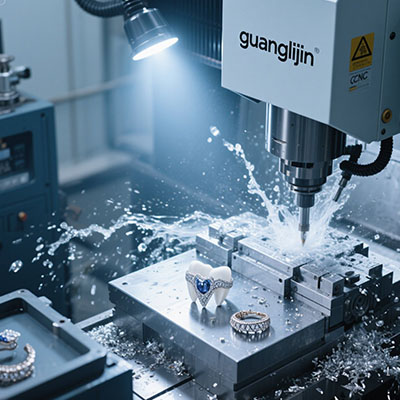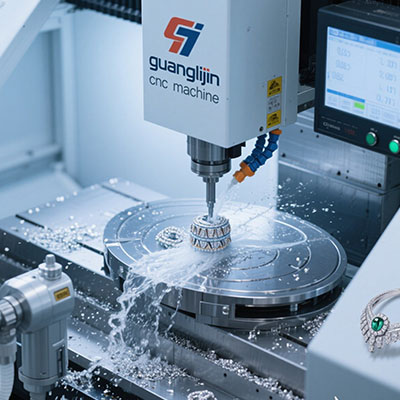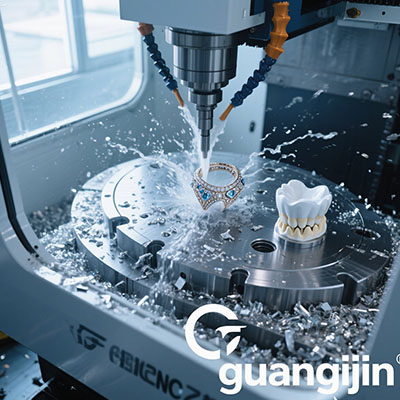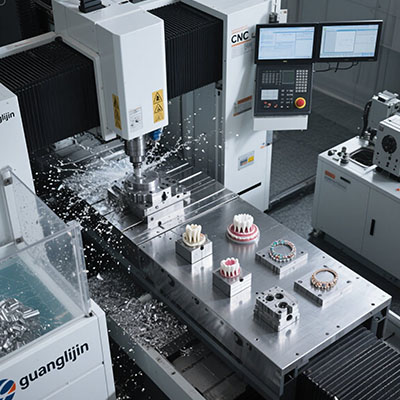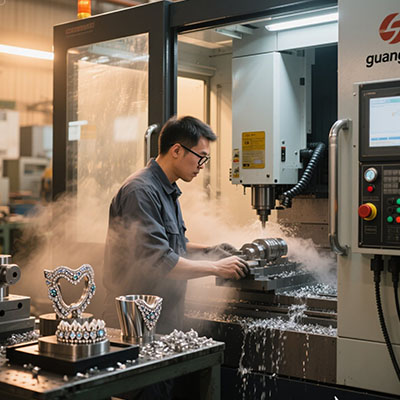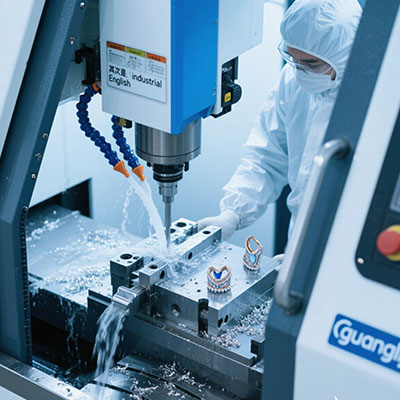Automated Polishing Systems for Jewelry: Revolutionizing Finishing Techniques
Introduction: The Shift to Automation in Jewelry Finishing
Manual polishing is time-consuming and inconsistent. Jewelers face high labor costs and quality issues. Automated systems solve these problems effectively. They offer precision and repeatability that human hands cannot match. This technology is transforming the industry.
What is a Jewelry Polish Machine?
A jewelry polish machine automates the finishing process. It uses programmed movements to polish items. These systems handle various metals and gems. They ensure uniform results every time. This reduces waste and increases productivity.
Key Benefits of Automated Polishing
Automation brings numerous advantages. First, it significantly cuts down processing time. A study by Jewelry Manufacturing Journal found that automation can reduce polishing time by up to 70%. Secondly, it enhances finish quality. Each piece meets exact specifications. This consistency boosts brand reputation.
Moreover, these systems improve workplace safety. They minimize direct contact with polishing tools. This reduces injury risks. Additionally, they lower operational costs in the long run. While the initial investment is high, the ROI is compelling. Businesses save on labor and material costs.
Challenges and Solutions in Automated Polishing
However, adopting automation isn’t without hurdles. The upfront cost is a major barrier for small workshops. Technical expertise is also required to operate these systems. But the market now offers more affordable and user-friendly options. For instance, modular machines allow scalable investments.
Another concern is handling intricate designs. Complex pieces need careful programming. Modern software addresses this with 3D modeling and simulation. These tools prevent damage during polishing. They optimize the path and pressure for each unique item.
Case Study: Success in Implementation
We team observed a 2025 case with a mid-sized manufacturer. They struggled with finishing consistency. After integrating a jewelry polish machine, their rejection rate dropped by 40%. Throughput increased by 60%. Employees were reassigned to design and quality control. This boosted overall morale and output.
Manual vs. Automated Polishing: A Comparison
| Criteria | Manual Polishing | Automated Polishing |
|---|---|---|
| Consistency | Variable, depends on skill | High, uniform across batches |
| Speed | Slow, approx. 10 pieces/worker/day | Fast, 50+ pieces/machine/day |
| Cost | Lower initial, higher labor cost | Higher initial, lower operating cost |
| Safety | Higher risk of injury | Reduced risk with enclosures |
How to Operate an Automated Polishing System: Step-by-Step
Step 1: Design Import
Load the CAD model of your jewelry into the system. This defines the geometry for the polishing path.
Step 2: Tool Selection
Choose appropriate polishing wheels or brushes. Match them to the material and desired finish.
Step 3: Path Programming
Use the software to set the machine’s movement. Avoid collisions and ensure full coverage.
Step 4: Parameter Setting
Adjust speed, pressure, and coolant flow. These settings depend on material hardness.
Step 5: Run and Monitor
Start the process. Supervise the first few pieces to ensure quality. Make adjustments if needed.
Common Mistakes to Avoid
⚠ Attention: Common Pitfalls in Automated Polishing
Using wrong polishing compounds can scratch soft metals. Always test on a sample piece. Neglecting regular maintenance leads to machine downtime. Clean and calibrate tools weekly. Overlooking operator training causes errors. Invest in continuous education.
Future Trends in Jewelry Polishing Technology
Interestingly, AI and IoT are shaping the next generation of polishers. These systems predict maintenance needs. They also adapt to material variations in real-time. Another trend is sustainability. New machines use less water and energy. For example, EcoPolish Tech reports that modern systems reduce water usage by 30% compared to older models.
Conclusion: Is Automation Right for You?
Automated polishing offers clear benefits for volume production. It ensures quality and efficiency. But it requires capital and training. Assess your production needs and resources. Start with a pilot program if unsure.
Checklist for Implementing Automated Polishing
- □ Conduct a cost-benefit analysis for your workshop size
- □ Choose a machine compatible with your common materials
- □ Ensure availability of technical support or training
- □ Plan for preventive maintenance schedules
- □ Test the system with a batch of sample products
Frequently Asked Questions
What is the best jewelry polishing machine for small businesses?
Compact, benchtop models are ideal. They offer automation without large footprints. Look for user-friendly software.
How much does a professional jewelry polishing machine cost?
Prices range from $10,000 to $50,000. It depends on features and capacity. Financing options are often available.
Can automated polishers handle antique jewelry restoration?
Yes, with careful programming. But delicate pieces may still need manual touch-ups. Always consult an expert.
What maintenance does a jewelry polish machine require?
Regular cleaning, lubrication, and part inspections. Follow the manufacturer’s guide to avoid breakdowns.
Are there eco-friendly jewelry polishing systems?
Absolutely. Many new models feature water recycling and energy-efficient motors. They reduce environmental impact.
